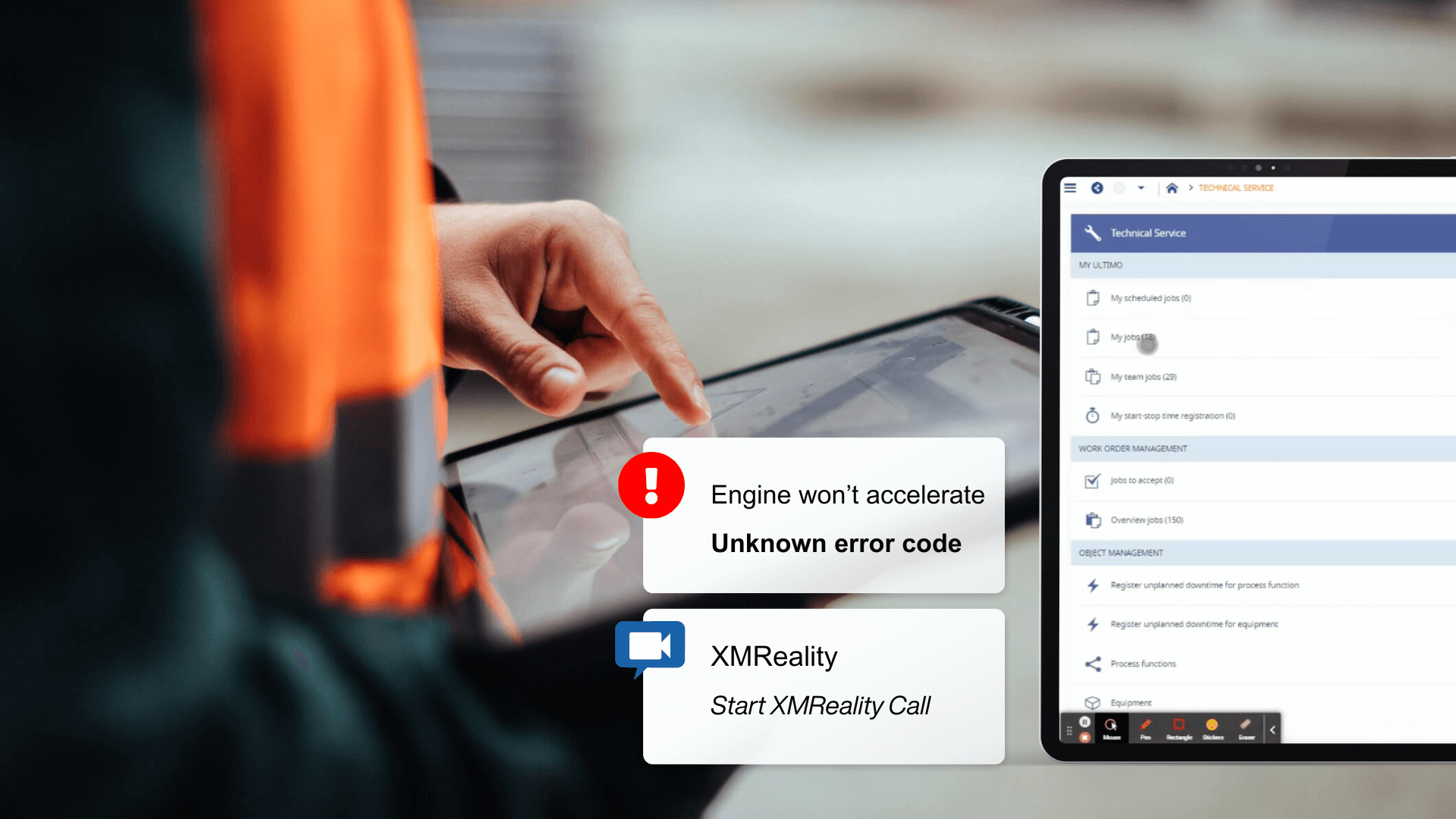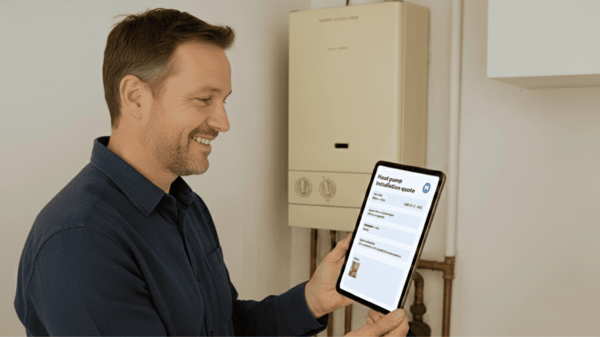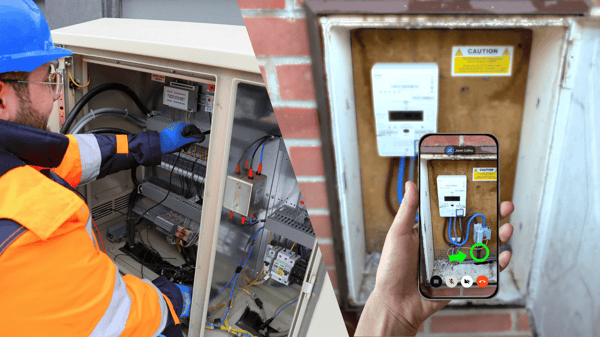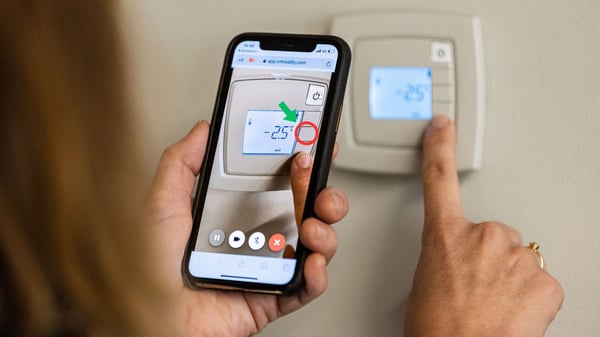In the fast-paced world of production-focused companies, every minute of downtime can translate into substantial losses. To ensure your organization remains competitive and profitable, the implementation of structured maintenance workflows becomes a strategic imperative. According to Forbes, production sites that have inefficient maintenance processes might spend up to four times as much time on maintenance. In this article, we will therefore cover how workflows can be used in your production to increase efficiency in your maintenance processes.
What is a workflow?
A workflow refers to a series of interconnected steps or tasks that are designed to achieve a specific goal or objective within a business. Workflows are commonly used to streamline and manage various processes. In short, they help organizations achieve consistency, efficiency, and quality in their operations by providing a structured framework for completing tasks and achieving objectives.
.jpg?width=2190&height=1369&name=iStock-1360521207%20(1).jpg)
A workflow can be outlined with just a pen and paper, but fortunately, there are more efficient means available such as workflow management software. These can be used to design, implement, and monitor workflows in a digital environment.
How can workflows help improve production efficiency?
Workflows can significantly benefit production efficiency in various industries by providing a structured framework for managing and optimizing processes. With standardized procedures, your company can ensure that tasks are performed consistently and in the same way every time. This reduces the likelihood of errors, rework, and variations in product quality.
By clearly documenting workflows you get a transparent view of the production process. This makes it easier to allocate resources, both human and material, and makes your operations more predictable. If you gather data from your workflow, you have the added benefit of being able to track the progress of tasks, identify bottlenecks, and pinpoint areas that need improvement. This is vital for continuous improvement of efficiency.
How to optimize your maintenance workflows
An Enterprise Asset Management (EAM) system plays a crucial role in enhancing the execution of workflows, especially in production-oriented organizations where assets are a fundamental part of operations. An EAM system provides a centralized repository for tracking and identifying assets you have within your organization. The system can also associate processes and tasks with each asset. For production-focused companies, where assets are central to operations, asset output, and lifespan are in many cases dependent on maintenance.
- The average manufacturer confronts 800 hours of equipment downtime per year. Connected worker platforms are digital transformation tools that reduce downtime incidents and costs.
'Unplanned Downtime Costs More Than You Think', Forbes Technology Council
An asset management system, such as the EAM system from IFS Ultimo, can help you schedule and track maintenance and repair tasks for your assets. When integrated with workflows, they can trigger maintenance tasks automatically based on usage or predefined schedules.
Using a system to support you with maintenance operations can therefore help you maximize asset reliability, minimize downtime, extend asset lifespan, and enhance safety and performance. This by supporting you, and even telling you, when you need to carry out for example scheduled, preventive, and corrective maintenance.
When the information in the system isn’t enough
You can have one large maintenance workflow, or break it down into several workflows depending on what suits your organization the best. When a workflow identifies a task that needs to be done it can create and issue a work order. The work order specifies the details of the maintenance task and usually includes information such as asset information, task description, and assigned personnel.
However, the real world is rarely as neat or straightforward as we outline it in a digital system. The personnel that has been assigned a specific work order might discover that the asset does not conform with the description in the work order. Or that an error code is displayed which is not documented in the digital manual for the machine.
There will always be cases when help from a colleague or outside expert is needed. This is where you benefit from having an integrating remote visual assistance solution in place within your asset management system. That's why IFS Ultimo partners with XMReality.

XMReality remote visual assistance can be used to connect with the expert needed to solve the issue by collaborating remotely. The service technician can receive expert guidance from remote by using a shared video screen and several powerful guiding features, increasing collaboration and faster problem-solving.
XMReality is available as an integration with IFS Ultimo, meaning that the personnel can work on the work order inside the platform, and if a problem occurs they can easily use the integration with XMReality to connect through live video with a colleague.
Want to learn more?
Using an Asset Management System combined with a Remote Visual Assistance Solution for your maintenance workflows can help optimize asset utilization, reduce downtime, and enhance overall operational efficiency. That’s why IFS Ultimo and XMReality have established a partnership - to offer easy-to-use solutions that empower organizations to improve efficiency. You can read more about the joint offering here.
In the second part of this blog series, we will share the 5 basic steps to follow if you want to improve your maintenance workflows. Don’t want to miss it? Sign up for our newsletter!







